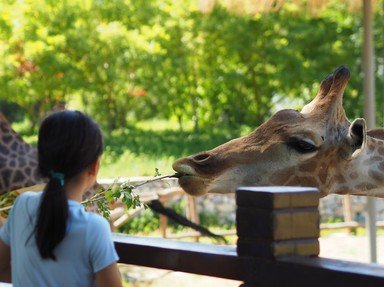Quiz Answer Key and Fun Facts
1. Megabat - Frugivore - South Asia, Australia, East Africa
2. Snout pokes - Omnivore - Australia-New Guinea
3. Earth pig - Insectivore - Africa
4. Toilet claw - Omnivore - Madagascar
5. UV light glow - Carnivore - All continents except Antarctica
6. Bioluminescent - Carnivore larvae - All continents except Antarctica
7. Rosettes - Carnivore - Africa and Asia
8. Brazilian cottontail - Herbivore - Central and South America
9. Spreads Hansen's Disease - Omnivore - The Americas
10. Zygodactyl - Carnivore - All continents except Antarctica
Source: Author
ponycargirl
This quiz was reviewed by FunTrivia editor
rossian before going online.
Any errors found in FunTrivia content are routinely corrected through our feedback system.
